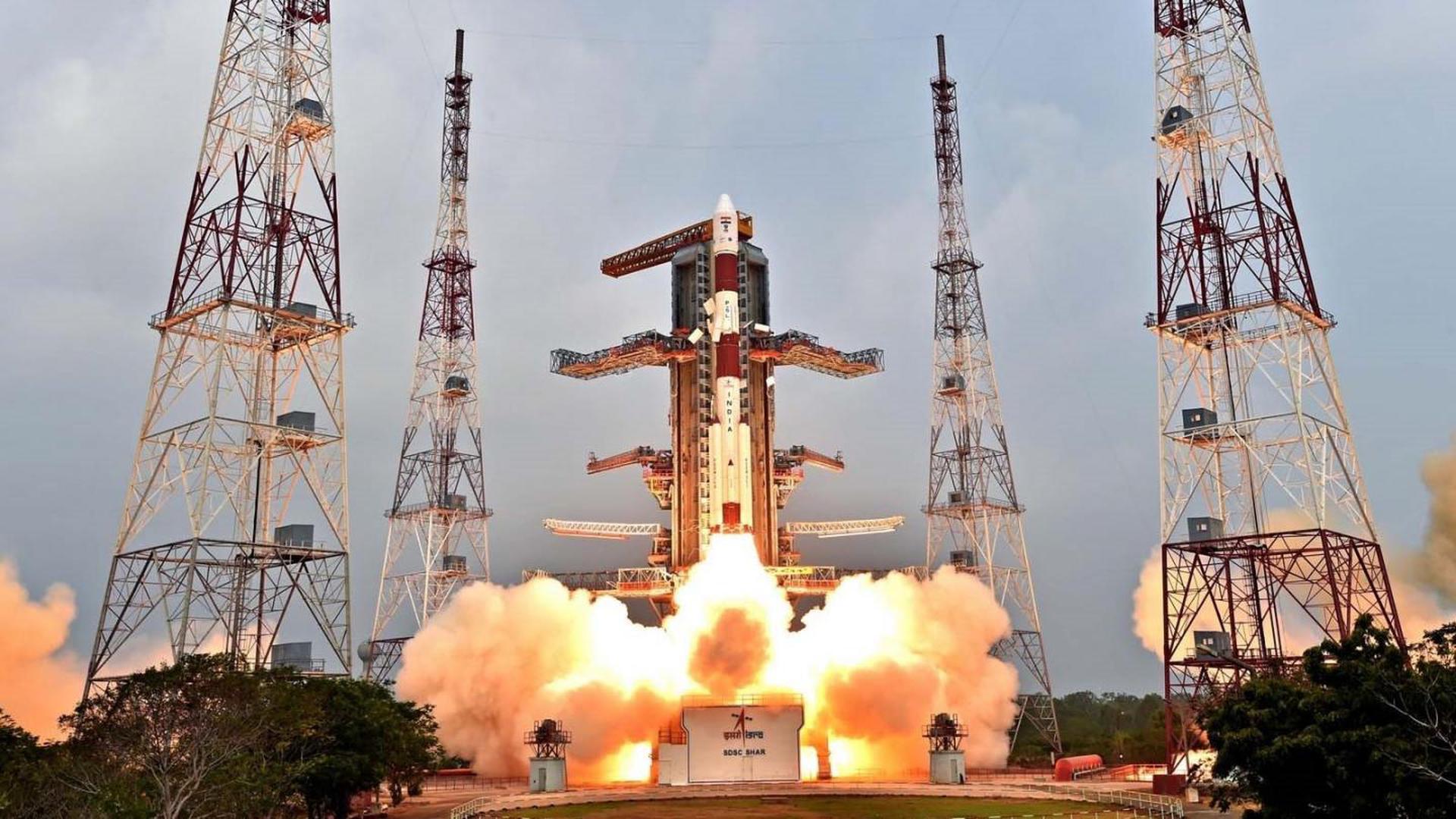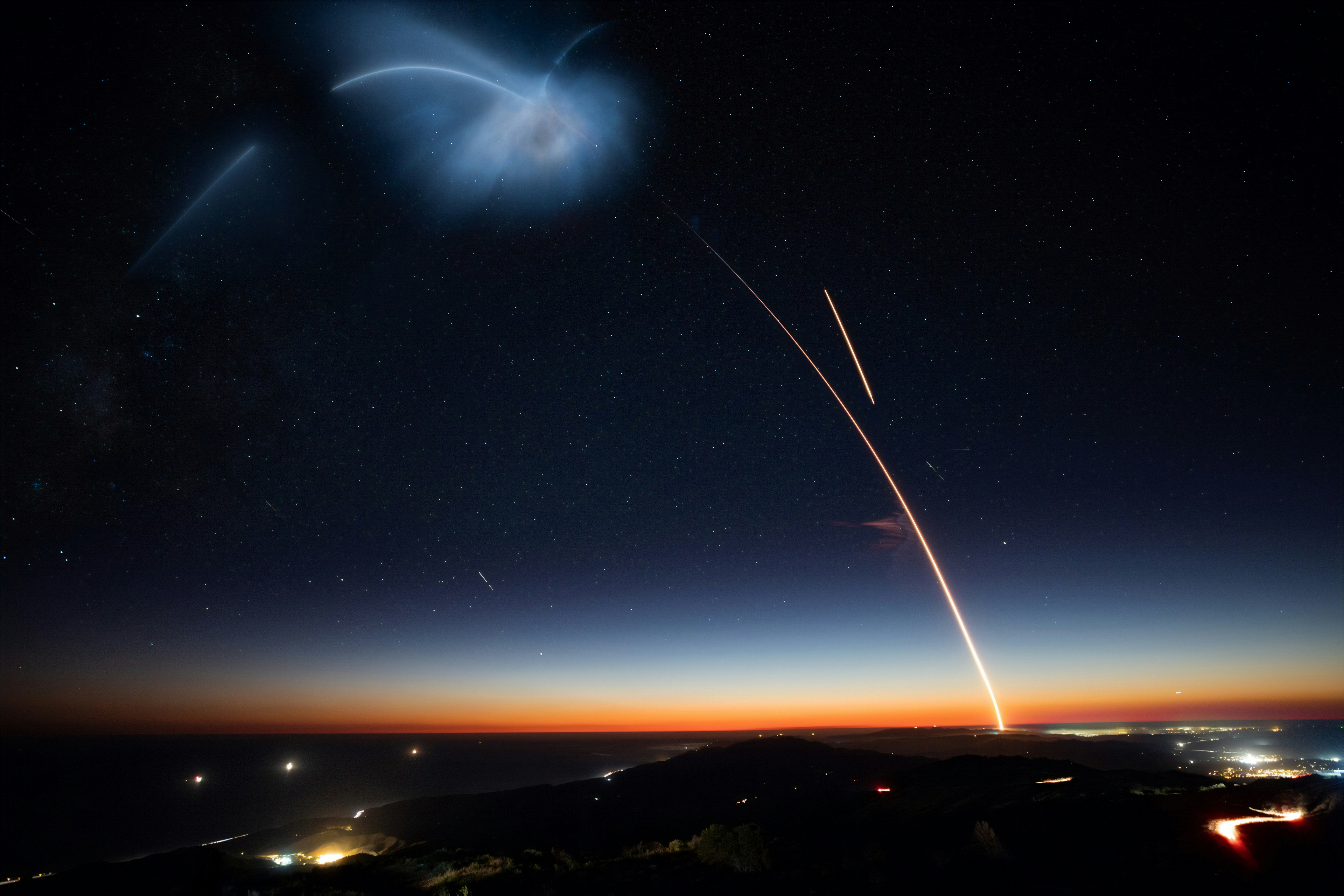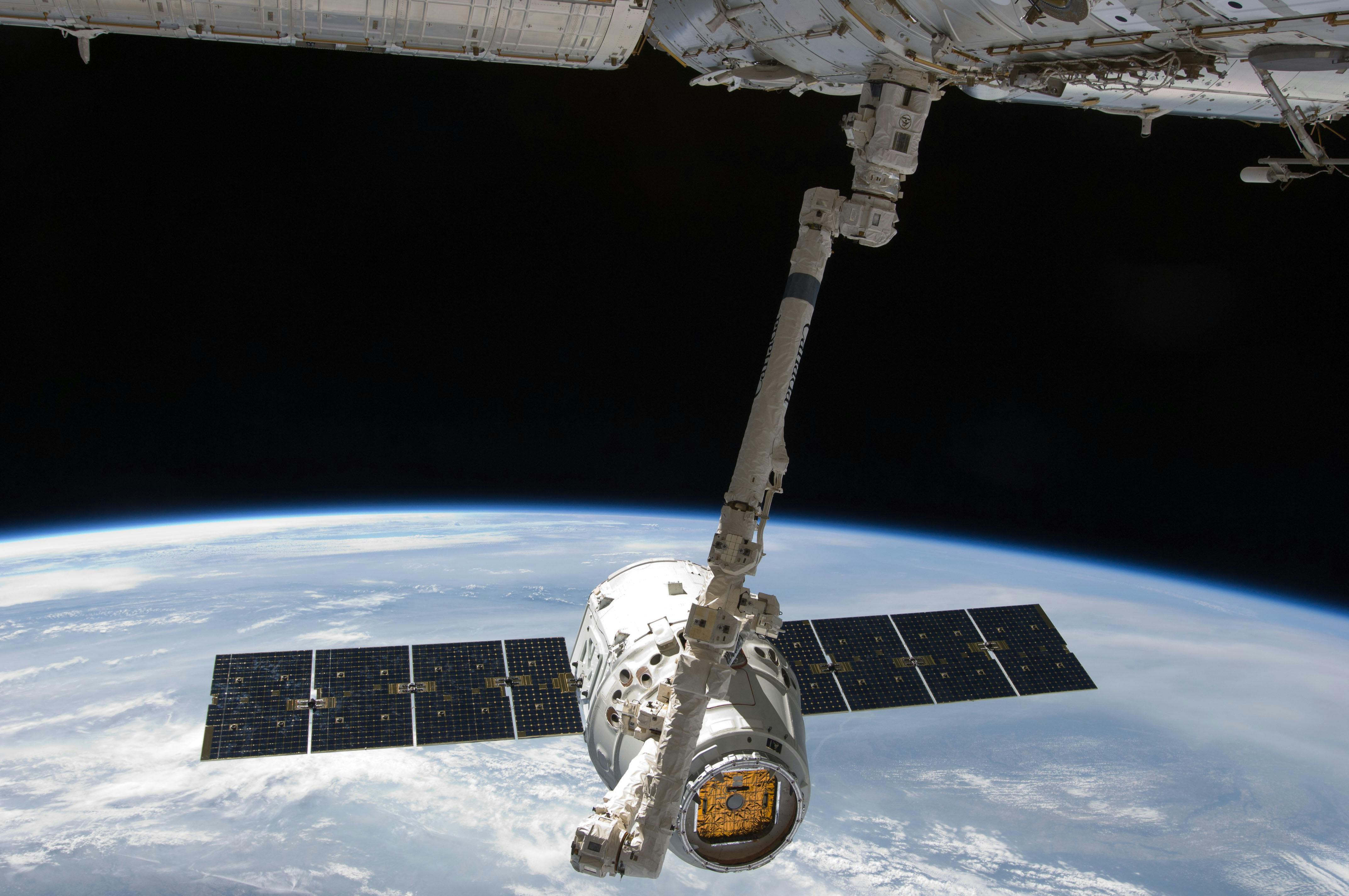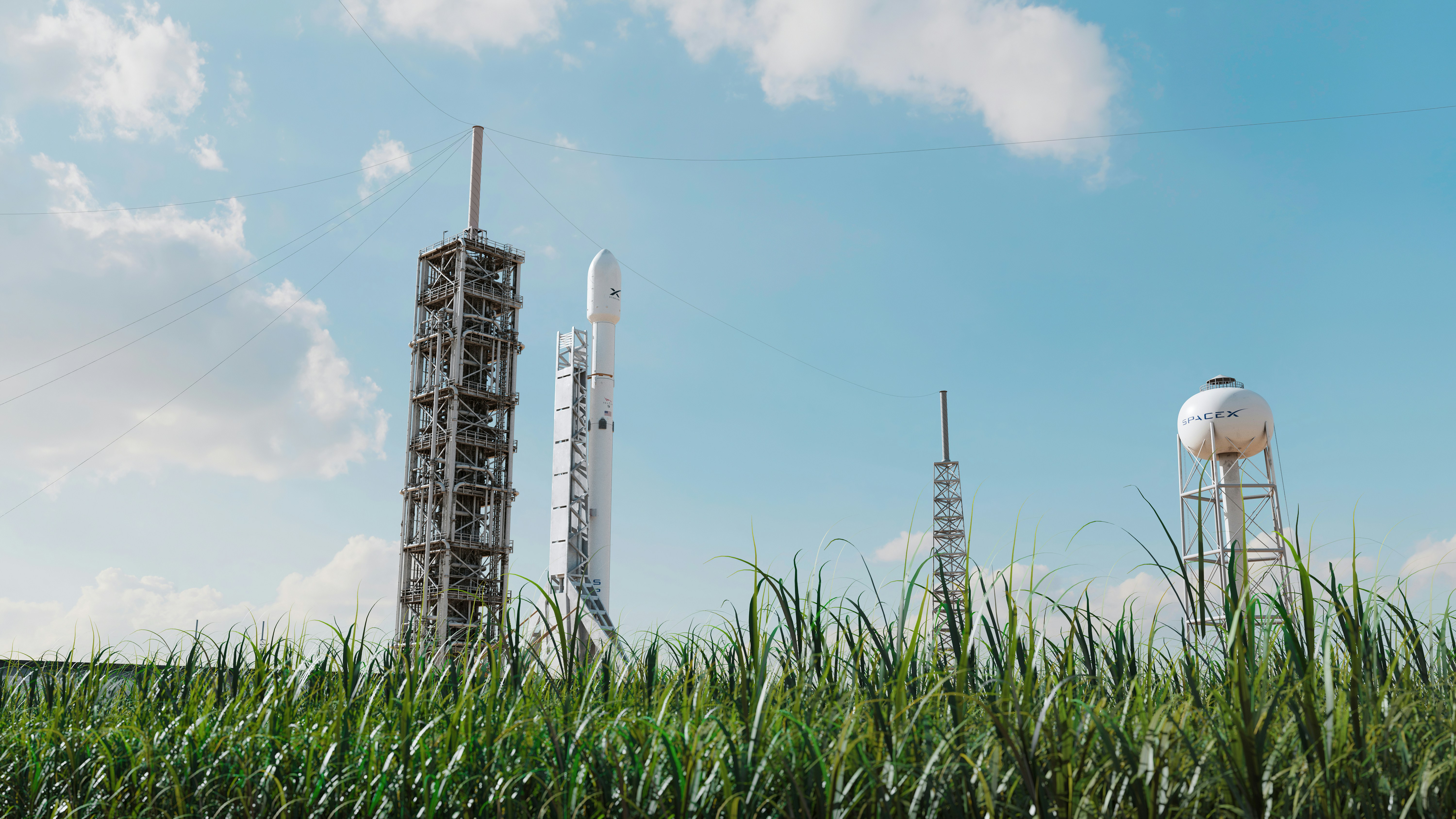· space brief · 5 min read
Space Brief 29 Jun 2025
Today's space brief covers SpaceX's new contract with the U.S. Space Force, multiple Starlink launches, Rocket Lab's rapid launch success, and the final mission of Japan's H-IIA rocket.
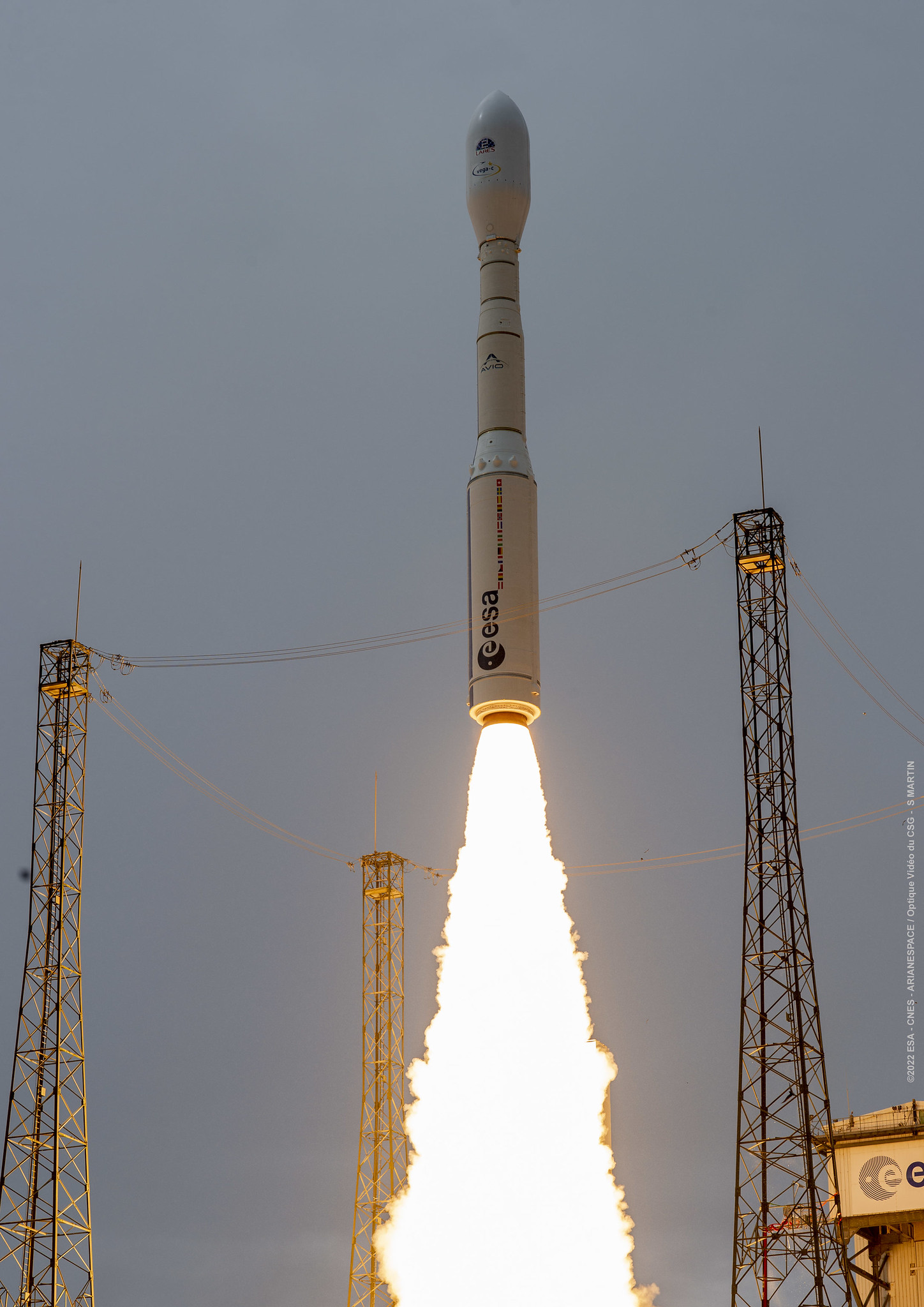
📄Top Stories
SpaceX continues to dominate the space launch sector, securing an $81.6 million contract to launch a weather satellite for the U.S. Space Force. Meanwhile, Rocket Lab successfully launches two missions within 48 hours, marking its fourth launch this month. The longstanding H-IIA rocket retires with the successful launch of Japan’s GOSAT-GW environmental satellite.
📰Detailed Coverage
SpaceX Secures Major Space Force Contract
SpaceX has been awarded an $81.6 million contract by the U.S. Space Force to launch a weather satellite. This deal represents the third consecutive task order awarded to SpaceX under the NSSL Phase 3 program, highlighting the government’s ongoing confidence in their launch capabilities for critical defense and environmental monitoring missions.
This launch, scheduled for 2027, will strengthen satellite tracking capabilities and enhance weather forecasting accuracy worldwide. The mission is pivotal for the Space Force, ensuring robust, reliable data collection from earth orbit. Read the full story: SpaceNews
Doubleheader Starlink Launch by SpaceX
SpaceX marked another record with the back-to-back launches of Starlink satellites on June 28, 2025. The first batch of satellites lifted off from Cape Canaveral, Florida, followed by a subsequent launch from the Vandenberg Space Force Station in California. This feat demonstrates SpaceX’s ability to efficiently deploy its satellite internet constellation across varying orbital inclinations.
These launches continue to expand the Starlink network, aiming to provide global high-speed internet coverage. Tracking these new additions can be done seamlessly through our web app, providing live updates and tracking data for satellite enthusiasts and professionals alike. Explore our app’s tracking feature: Read more
Rocket Lab’s Rapid Fire: Second Electron Launch in 48 Hours
Rocket Lab has successfully deployed an undisclosed satellite into orbit, effectuating its second Electron rocket launch within two days. This rapid succession emphasizes the company’s increased launch cadence, having completed four launches in just over a month. Such agility positions Rocket Lab as a formidable participant in the small satellite launch market.
This latest mission underscores Rocket Lab’s capability to offer frequent, flexible launch services, catering to a burgeoning market of small satellite operators needing timely access to space. Read the full story: SpaceNews
Japan’s Final H-IIA Rocket Launches GOSAT-GW Satellite
Japan’s H-IIA rocket has made its final flight, successfully launching the GOSAT-GW satellite. This mission heralds the end of an era for the renowned launch vehicle, which has been a staple of Japan’s space program. The satellite will monitor greenhouse gases and aid in climate science advancements.
The retirement of the H-IIA makes way for future innovations in Japan’s launch vehicles, including the H3 rocket expected to advance launch capabilities further. Read the full story: NASA SpaceFlight
🛰️Satellite Spotlight
- Satellite Name: FLOCK 1C-5
- NORAD ID: 40038
- Launch Date: June 19, 2014
- Mission: FLOCK 1C-5 serves a technology demonstration function, utilizing innovative imaging systems to aid in Earth observation and data collection.
- Orbit: Low Earth Orbit (LEO)
- Operator: Planet Labs (PLABS)
- Fun Fact: The FLOCK 1C-5 is part of a larger constellation of satellites designed for high-frequency imaging of the Earth, enabling continuous global monitoring.
Track this satellite in real-time on our web app: Track FLOCK 1C-5
🌌Space Weather
Current space weather shows Enhanced solar wind (542 km/s).
Current
R0 - S0 - G0
Last 24 Hour Maximums
R0 - S0 - G0
Recent Alerts
- Continued Alert: Electron 2MeV Integral Flux exceeded 1000 pfu.
- Maximum 2MeV Flux yesterday: 4190 pfu.
- Potential Impacts: Increased risk of significant charging affecting satellite systems.
Next 24 Hours
-
Radio Blackouts Probability
- Minor: 25
- Major: 5
- Risk: None
-
Solar Radiation
- Probability: 5
- Risk: None
-
Geomagnetic Storming
- Scale: 0
- Impact: None
- Activity: Low
-
Impact Summary
- No risk of radio blackouts.
- No risk of solar radiation storms.
- Geomagnetic outlook: No G1 (Minor) or greater geomagnetic storms expected.
- No significant transient or recurrent solar wind features forecasted.
- Radiation outlook: No S1 (Minor) or greater solar radiation storms expected.
- Chance for R1-R2 (Minor-Moderate) radio blackouts through the period.
Long Term Forecast
- Forecast of Solar and Geomagnetic Activity 23 June - 19 July 2025
- Solar activity is expected to range from low to moderate levels.
- Chance for R1-R2 (Minor-Moderate) radio blackouts, with a slight chance for R3 (Strong) or greater events.
- No proton events expected at geosynchronous orbit.
- Greater than 2 MeV electron flux likely to reach high levels on 26-28 Jun, with normal to moderate levels after.
- Geomagnetic field activity likely to reach G1 (Minor) storm levels on 25-26 Jun, with active levels on multiple dates due to recurrent CH HSS influences.
- Quiet to unsettled conditions expected for the remainder of the period.
🚀Upcoming Space Launches
June 29
- Blue Origin New Shepard:
- NS-33 from West Texas Suborbital Launch Site/Corn Ranch (12:00 UTC) NS-33 is the 13th crewed flight for the New Shepard program and the 33rd in its history.
July 1
-
SpaceX Falcon 9:
- Starlink Group 10-25 from Cape Canaveral Space Force Station (05:52 UTC) A batch of satellites for the Starlink mega-constellation—SpaceX’s project for space-based Internet communication system.
-
SpaceX Falcon 9:
- MTG-S1 from Kennedy Space Center (21:03 UTC) Second of EUMETSAT’s third generation of weather satellite.
-
Gilmour Space Technologies Eris-1:
- Maiden Flight from Bowen Orbital Spaceport (21:30 UTC) Maiden flight of Gilmour Space’s orbital launch vehicle Eris.
July 3
- Russian Federal Space Agency (ROSCOSMOS) Soyuz 2.1a:
- Progress MS-31 (92P) from Baikonur Cosmodrome (19:32 UTC) Progress resupply mission to the International Space Station.
July 16
- Indian Space Research Organization GSLV Mk II:
- NISAR (NASA-ISRO Synthetic Aperture Radar) from Satish Dhawan Space Centre Second Launch Pad (11:30 UTC) The NASA-ISRO Synthetic Aperture Radar, or NISAR satellite, will use advanced radar imaging to map the elevation of Earth’s land and ice masses 4 to 6 times a month at resolutions of 5 to 10 meters.
July 25
- Russian Federal Space Agency (ROSCOSMOS) Soyuz 2.1b/Fregat-M:
- Ionosfera-M 3 & 4 from Vostochny Cosmodrome (05:54 UTC) Ionosfera is a constellation of four ionospheric and magnetospheric research satellites developed by Roscosmos for the project Ionozond.
July 26
- Arianespace Vega-C:
- CO3D & MicroCarb from Guiana Space Centre (02:03 UTC) CO3D is a CNES-Airbus Defence & Space constellation of four small satellites designed to map the globe in 3D. Microcarb is designed to map sources and sinks of carbon dioxide globally.
Note: Launch dates and times are subject to change due to technical or weather considerations.

Maurice Stellarski


